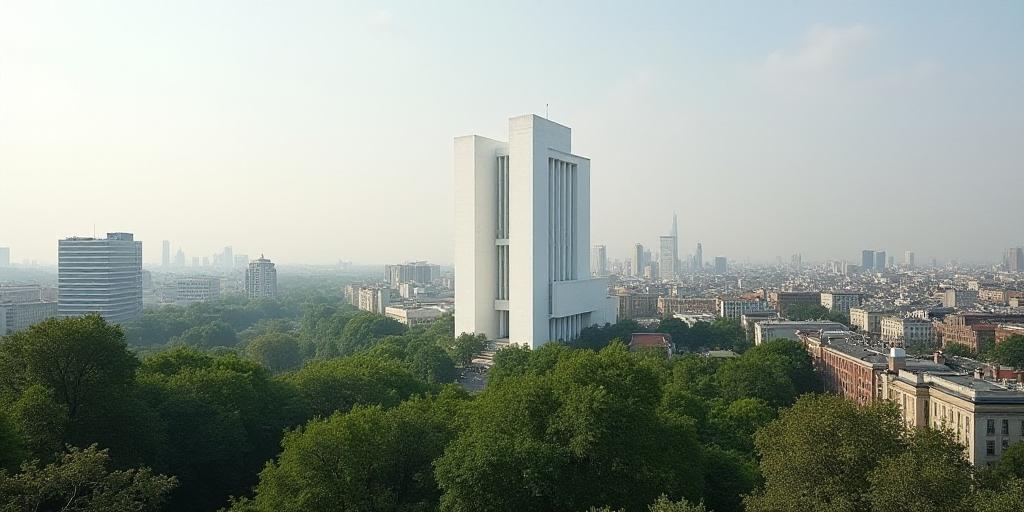Introduction
According to the Institute for Studies on Inequality (INDESIG) and Oxfam Mexico, despite recent progress in reducing overall inequalities, extreme income disparities persist.
Key Findings
35 out of every 100 pesos of national income is concentrated in just 1% of the Mexican population: This elite group consists of multi-millionaires. The analysis, based on the National Survey of Household Income and Expenditure (ENIGH), highlights that while inequalities have slightly decreased over the past few years, extreme disparities remain.
- Income distribution: The poorest households (Decil I) earn an average of 2,168 pesos per month. Meanwhile, multi-millionaire households earn 958,777 pesos per month per person.
- Income concentration: The poorest households account for only 2% of the total national income, while the wealthiest 1% of the population controls 35%.
- Average income growth: Between 2018 and 2024, the average household income in Mexico increased by 18.7%. However, this growth was not equally distributed; the poorest decile saw a 29% increase, while the wealthiest decile experienced a 19% rise.
Spending Patterns
Between 2022 and 2024, household spending in Mexico grew by an average of 9%, surpassing the reported inflation rate of 5.85% during the same period.
- Spending disparities: The poorest 10% of households spent one peso for every six spent by the wealthier 10%. This indicates that lower-income households allocate more of their income to basic needs, while wealthier households spend on education, leisure, and private or luxury transportation.
- Healthcare and education: Despite lower incomes, poorer households still prioritize food expenses. However, they allocate less to healthcare and education compared to wealthier households. Moreover, a significant portion of their income goes towards rent, leaving them vulnerable to housing insecurity.
Experts’ Recommendations
Carlos Bron, director of Oxfam Mexico programs, emphasized the need to strengthen and expand public services that guarantee rights and reduce inequalities, especially in areas like healthcare, caregiving, and education.
Máximo Jaramillo, co-director of INDESIG, advocated for a progressive tax reform to address the population’s needs and tackle income disparities.
Key Questions and Answers
- Q: What is the main issue highlighted by INDESIG and Oxfam Mexico? A: Despite progress in reducing overall inequalities, extreme income disparities persist in Mexico.
- Q: How is national income distributed among the population? A: 35 out of every 100 pesos of national income is concentrated in just 1% of the Mexican population, who are multi-millionaires.
- Q: How have average household incomes changed between 2018 and 2024? A: The average household income in Mexico increased by 18.7% during this period, but the growth was not equally distributed among different income groups.
- Q: How has household spending evolved between 2022 and 2024? A: Household spending in Mexico grew by an average of 9% during this period, surpassing the reported inflation rate.
- Q: What recommendations have experts made to address income inequality? A: Experts suggest strengthening public services and implementing progressive tax reforms to tackle income disparities and guarantee rights for all.






